I. What Are the Benefits of a PD Charger?
Most brands have proprietary fast-charging standards that often aren't compatible with each other. If you own multiple devices from different brands, your home can quickly become cluttered with a mountain of chargers. Not only do they take up space, but you also have to find the right one for each device when charging. The advantage of a PD charger lies in its unified standard, supporting up to 240W of massive output power. It charges dozens of times faster than traditional chargers, making it extremely practical for urgent charging situations.
Moreover, an increasing number of devices now support PD fast charging. Beyond smartphones, even newer Mac models and some Windows laptops can utilize this feature for power delivery or charging. A single fast charger can handle various scenarios. However, note that PD offers multiple voltage and current combinations—such as 5V, 9V, 12V paired with 3A or 5A—and even chargers with identical power ratings may be incompatible. Always verify specifications carefully before purchasing.
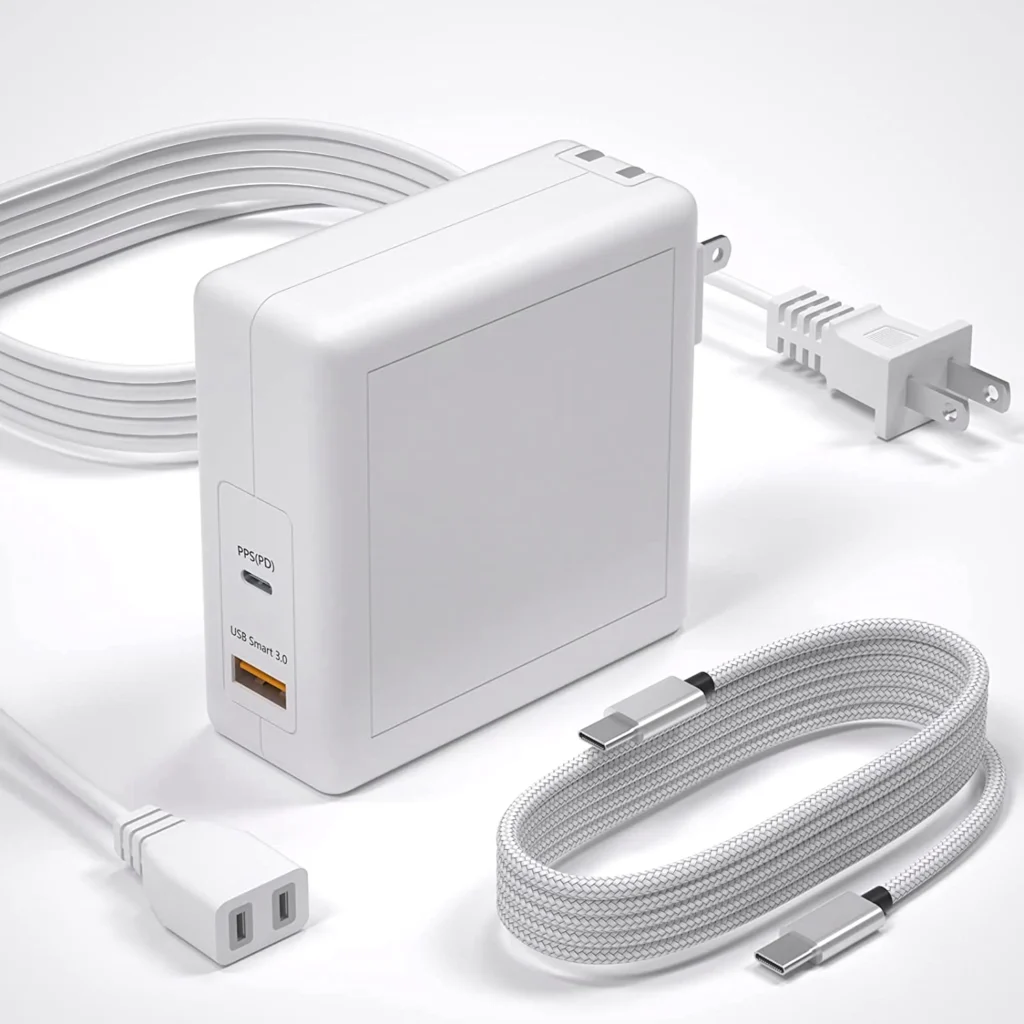
II. Guide to Choosing a PD Charger
First, let's discuss how to select the right PD charger. Before deciding which type to purchase, please confirm these points.
1. Choose the Right Power Rating for Your Device
When selecting a PD charger, the top priority is output power. Check the wattage your device supports, then filter products that meet your needs.
① Mobile Phone Charging: Opt for products ranging from 20W to 120W
Although the PD standard currently supports a maximum output of 240W, most phones are limited by battery capacity and overall power consumption. Unless they are flagship models or explicitly labeled for fast charging, the vast majority only support a maximum of 120W. Furthermore, higher-wattage products come at a higher price. Considering cost-effectiveness, it's advisable to choose models within the 20W to 120W range.
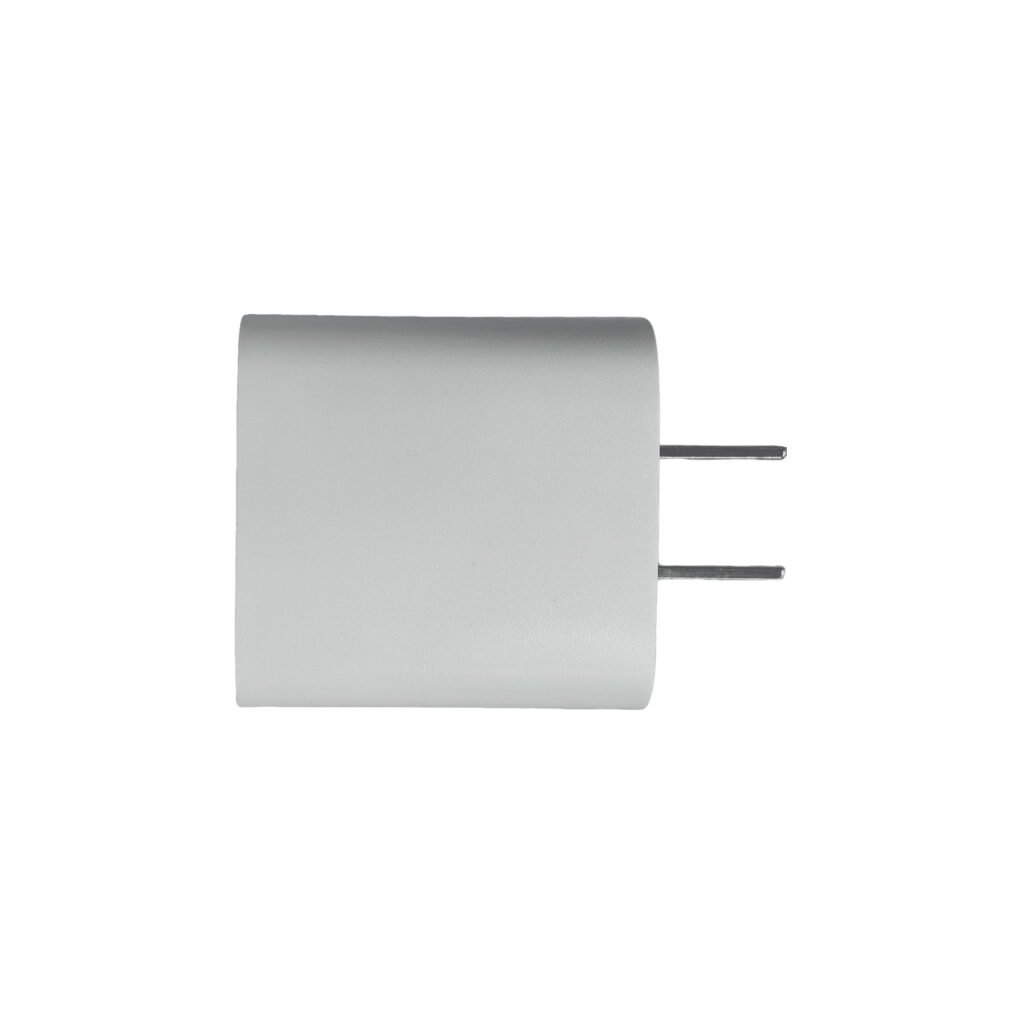
Of course, the output power is also backward compatible. Even lower-wattage phones can be charged using 120W or higher-wattage models. So if you plan to upgrade your phone later, consider choosing a higher-end product. This way, you can reuse it without having to buy a new charger.
② Tablets or Laptops: At least 45W–140W
For tablets or laptops, lower output power will still charge devices, but the speed may be so slow it feels no different from a standard charger, making the advantages of a PD charger barely noticeable. Therefore, selecting a product between 45W and 140W is recommended to ensure a good user experience.
Generally, most laptops—particularly Apple's MacBook series—now standardize between 96W and 140W. If unsure about your device's compatibility, a 100W charger offers a safe choice. However, high-performance laptops with greater power demands may require higher wattage, which is typically specified in product details. Always verify your device's supported PD wattage before purchasing.
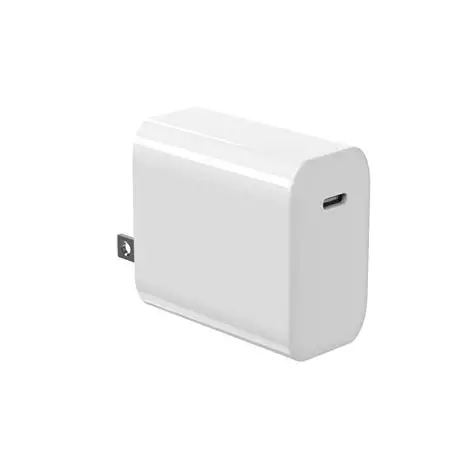
2. Determine the Number of Ports Based on Your Devices
After confirming the output power, assess your usage habits and the number of devices you own to determine how many built-in ports you need. This will help you filter out suitable products.
① Charging multiple devices simultaneously: Opt for products with multiple ports
While only USB Type-C currently supports the PD fast charging standard, most digital devices still charge via standard Type-A ports. Having 2-3 additional ports beyond Type-C not only supports nearly all device types but also allows connecting all devices to a single charger. This reduces the number of outlets needed and keeps your desk tidy.
When selecting chargers with multiple ports, pay attention to each port's maximum output power to avoid insufficient power when connecting multiple devices, which could slow overall charging speed.
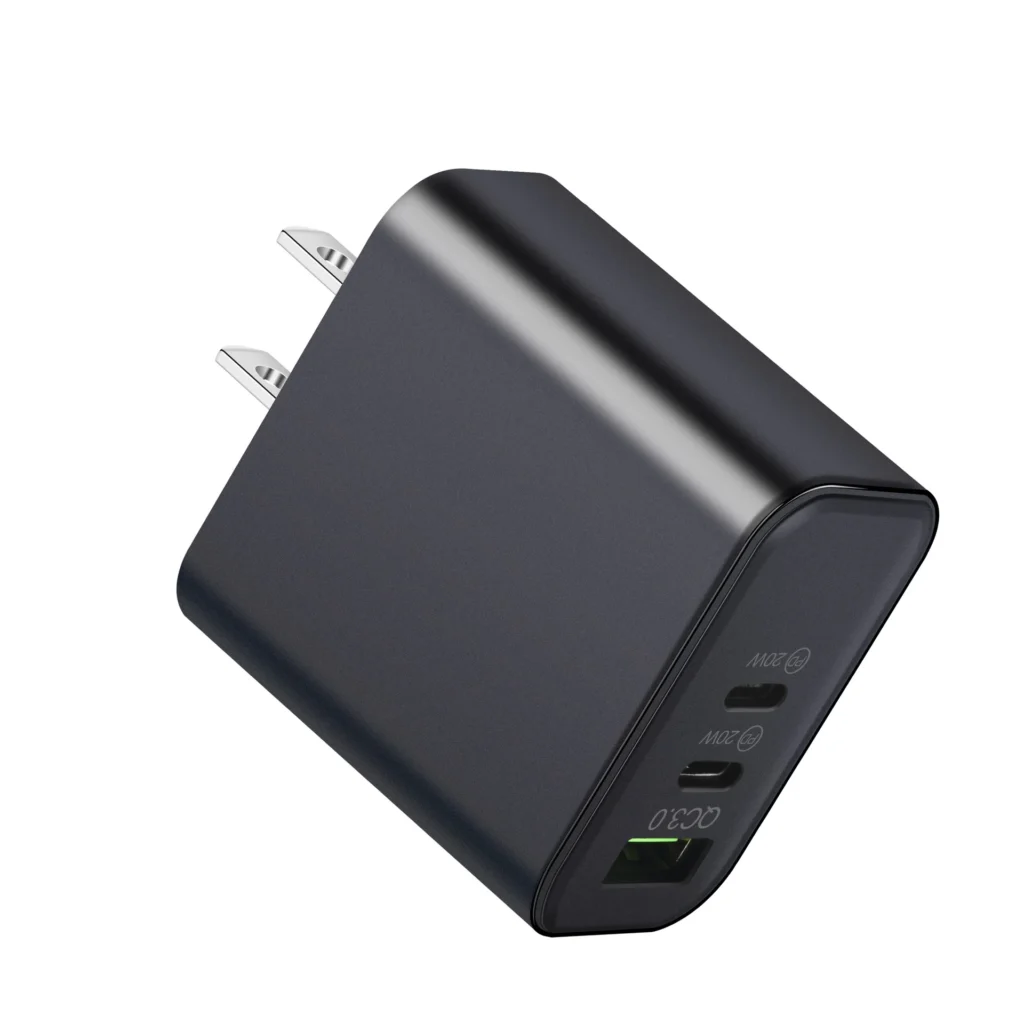
② For users with fewer devices: Single-port models are recommended
If you typically charge only one device, a PD charger with a single USB Type-C port is sufficient. This simpler internal design helps prevent overloading or inefficient charging, resulting in lower failure rates. Additionally, static electricity generated during charging can attract dust and debris to ports, potentially causing malfunctions or even fires. For safety, install dust caps on unused ports or regularly clean accumulated dust.
3. Opt for compact models for portability
Given USB PD chargers' rapid charging speeds, they're ideal for topping up phones on the go. For enhanced portability, choose lightweight, compact designs—such as models under 7cm in length and width, weighing less than 150g—to minimize bulk in backpacks.
4. Prioritize models with safety protection features
For high-current devices like PD chargers, essential safety protections are crucial for peace of mind. Features like overvoltage and overheat protection prevent device malfunction or fire from excessive voltage or temperature during charging, while also slowing battery degradation. Some models also feature flame-retardant casings, minimizing potential damage in the event of an accident.
After all, a faulty charger could potentially damage your expensive phone. Therefore, choosing a reliable charger is crucial. To extend its lifespan, it's also advisable to plug the charger into the outlet only when charging is needed.
5. Verify cable PD charging compatibility
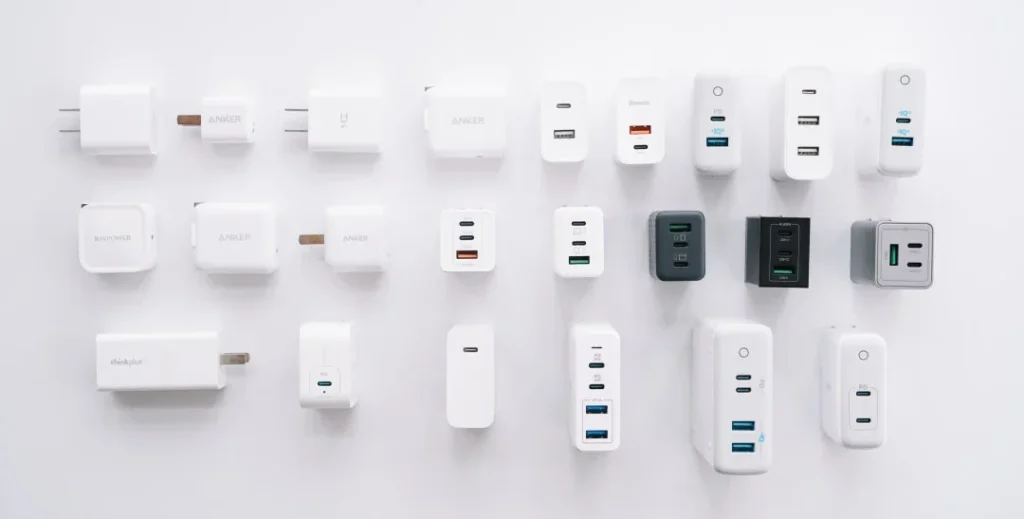
While most cables on the market, including those bundled with iPhones, support PD fast charging, it's still advisable to check specifications when purchasing. If unsure whether your cable supports the PD standard, opting for a charger that includes a cable is a wise choice. Especially when devices require high power outputs above 60W, the cable must be capable of handling 5A current output. Therefore, ensure you select a cable that meets these requirements to avoid situations where charging efficiency falls short of expectations.
As a professional manufacturer and wholesaler of charging adapters, Macable offers a wide range of PD charger adapters that comply with international certification standards to meet the needs of global consumers. We are committed to providing efficient, safe, and environmentally-friendly charging solutions, offering users a smarter and more convenient charging experience.
